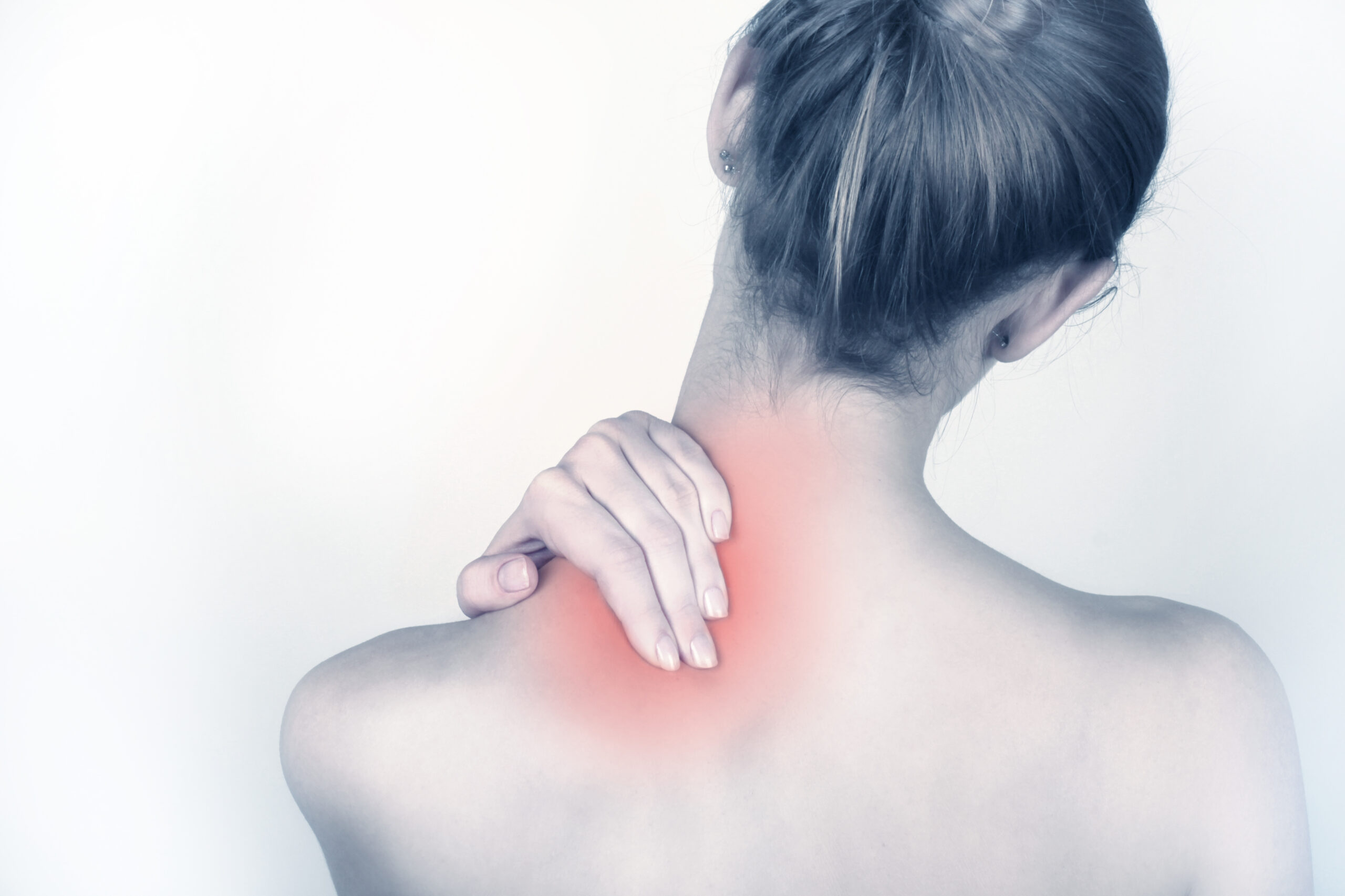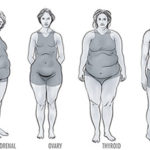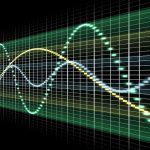
Fibromyalgia affects 3-6% of the world population, being one of the most common chronic pain conditions worldwide. Within the United States, this ailment affects around 10 million people, and occurs more often in women.
This syndrome is characterized by widespread muscle pain, fatigue, depression, sleep problems and multiple tender points. Pain associated with fibromyalgia is often disabling and prevents one from doing their daily activities, but the root cause of this condition is still unknown. What is certain is that all fibromyalgia sufferers experience similar symptoms, the pain appearing in specific areas of the body.
Some of these locations are called trigger points, while others are referred to as tender points. Often used interchangeably, the two terms are in fact different from each other.
Trigger points are defined as areas of the muscles that are painful to palpation, while tender points occur in a restricted regional pattern, being defined as the specific points that are painful. Trigger points may or may not be sensitive themselves, but they refer pain to other regions when pressure is applied. They appear due to repetitive or acute trauma on muscle fibers, and can be accompanied as hard lumps or nodules.
Another important difference between these two is that trigger points can occur in any skeletal muscles, while tender points are typically distributed symmetrically and are always multiple points. The former are also referred to as myofascial trigger points (TrPs or MTrPs), and chronic pain caused by these hard knots in connective tissues or muscles is referred to as myofascial pain syndrome.
Tender points can appear in 9 specific areas of the body, and are usually investigated or tested for diagnosing widespread pain in patients with fibromyalgia. In order to diagnose FMS, physicians apply pressure in these specific points, which are distributed as follows:
The discomfort caused by trigger points can be reduced through massage, stretching or physical therapy, while the pain produced by tender points does not respond to physical therapy and in lots of cases applying pressure in these points worsens the symptoms.
A more complex approach is therefore needed for managing the pain caused by trigger points, and a combination of medications, exercise, rest, heat and ice, and stress management techniques is often used in the treatment of fibromyalgia manifestations.

Updated on: 08.09.2021 The lymphatic system is involved not only...

Stress can make you gain weight – we’ve heard this...

Various theories exist to answer this question. As you will...

Both rebounding and jumping on a trampoline are excellent ways...

The health benefits of using vibration plates to burn fat...